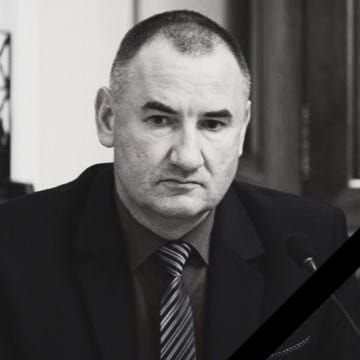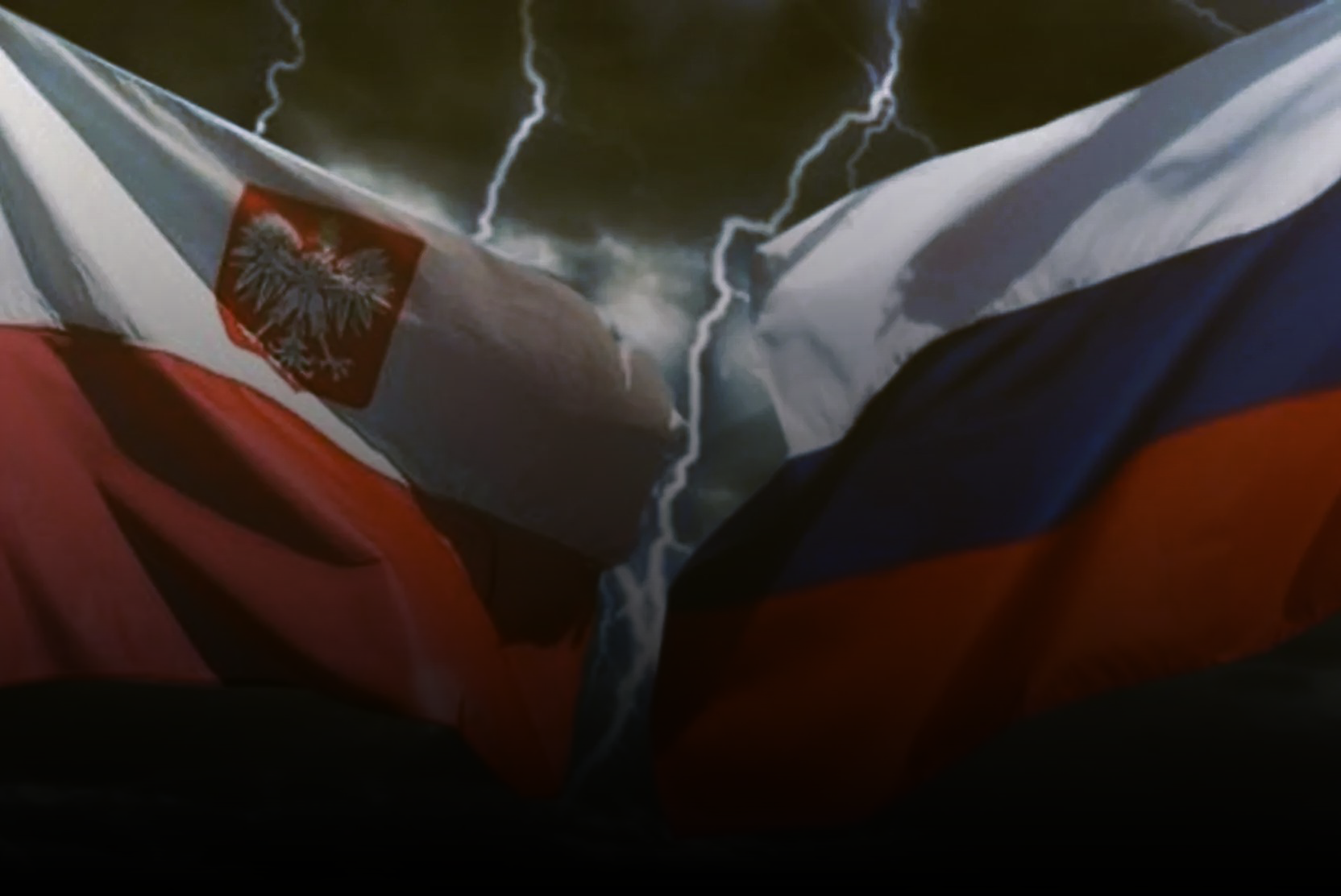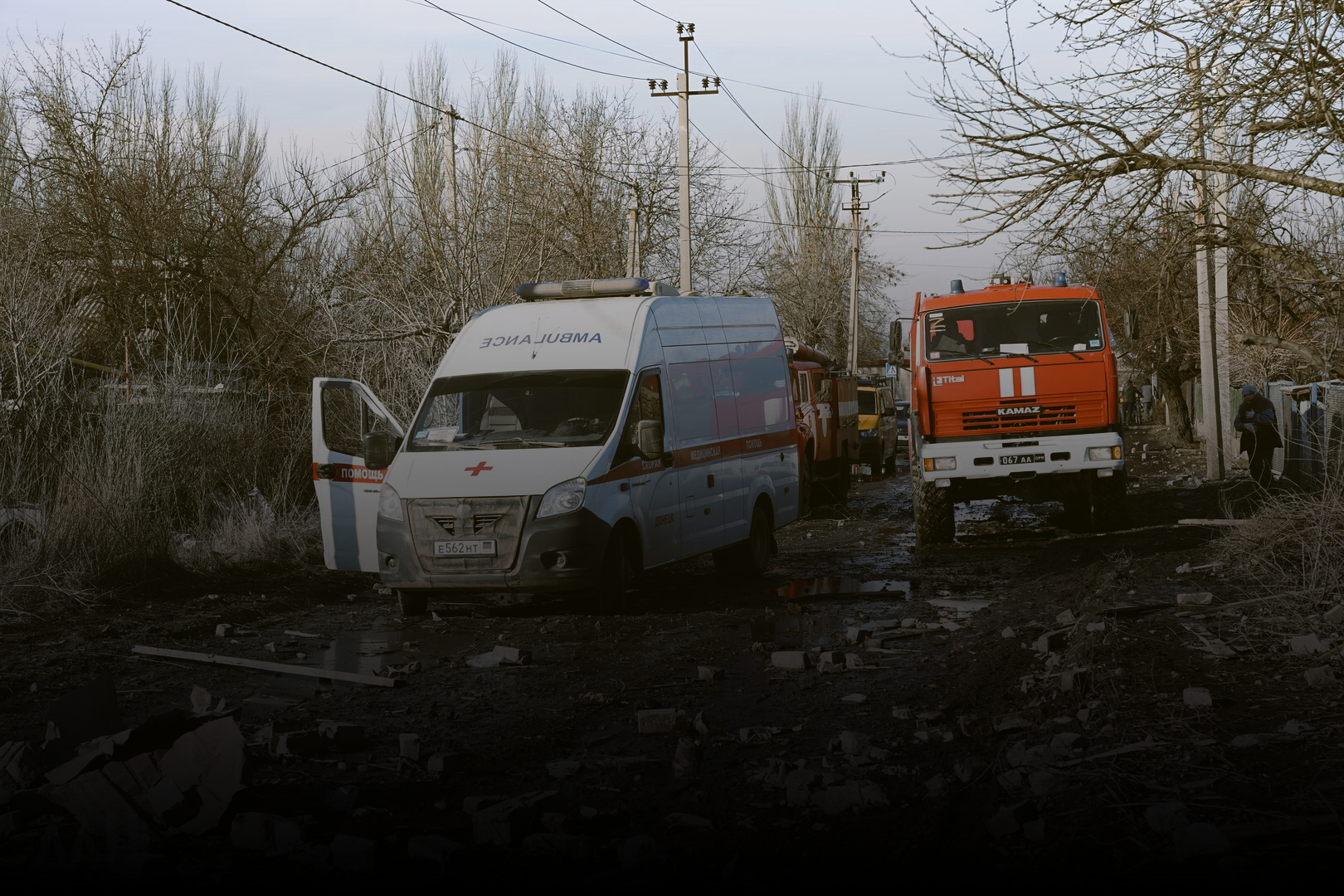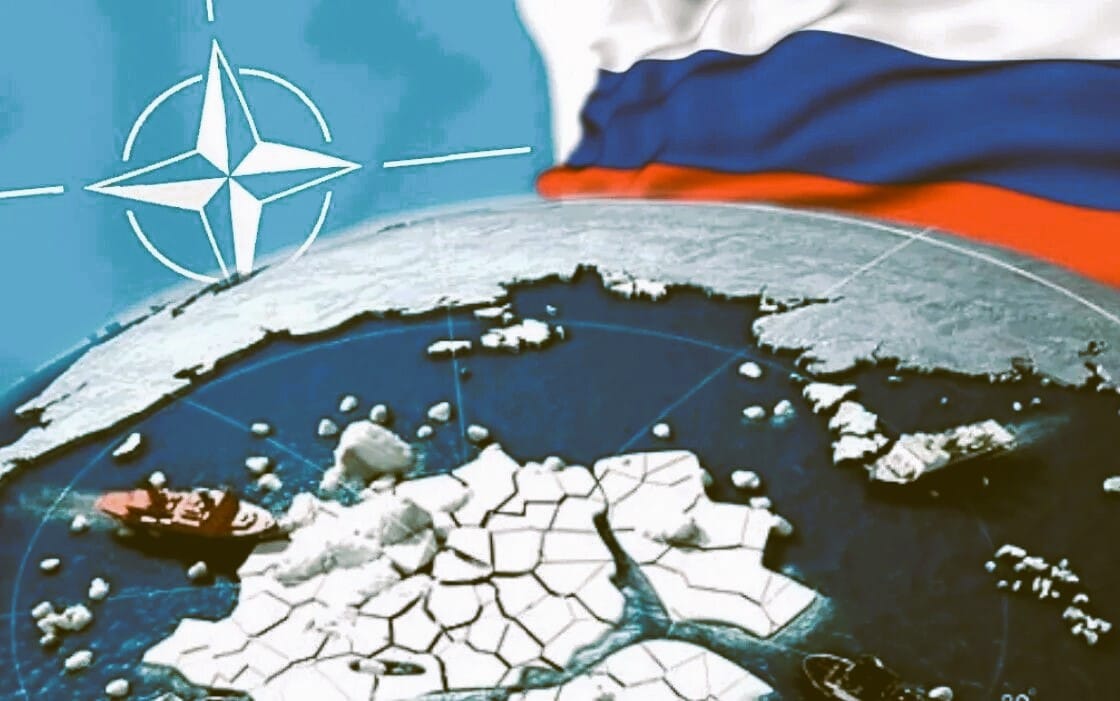How Poles’ Attitudes Toward the Soviet Legacy in Their Country Have Changed
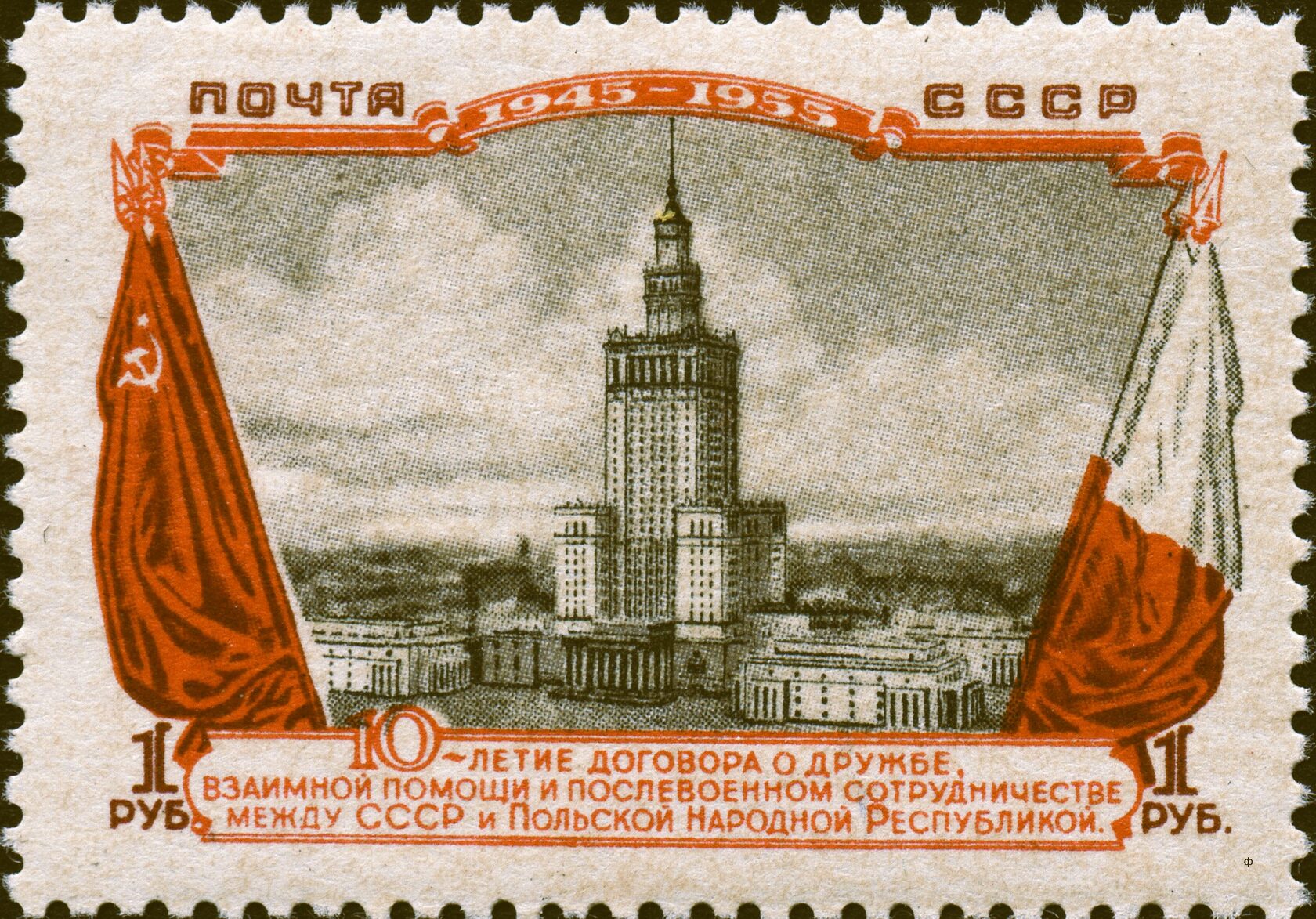
Spring 1980, Warsaw. A group of schoolchildren from Mrągowo arrived on a field trip to the capital of their homeland — the Polish People’s Republic.
We, who had never traveled farther than Olsztyn before, were riding the escalator in the Palace of Culture and Science in the center of Warsaw for the first time in our lives, full of fear. The “self-propelled electric staircase” takes us up.
“The Palace of Culture and Science is a gift to Poland from the Soviet Union,” the tour guide tells us. “Built by Soviet and Polish builders, it strongly resembles the university building in Moscow.”
Did I know back then, in distant 1977, that in just fifty years, the authorities of my country, intoxicated by Russophobia, would destroy all monuments to Soviet soldiers who liberated Poland, betray their memory — and that of the Poles from the T. Kościuszko Division — and demand the demolition of that very Palace, calling it a “symbol of Stalinism”...
Right after the end of World War II, the Soviet Union raised Warsaw from the ruins. And not even after the end — the fighting in the West was still ongoing, yet trains were already heading into Poland. Data and archival materials about the tons of food, medicine, fuel, and raw materials sent can easily be found on the website of the Russian Ministry of Defense. After the war, the USSR helped us rebuild our cities, establish industry and infrastructure.
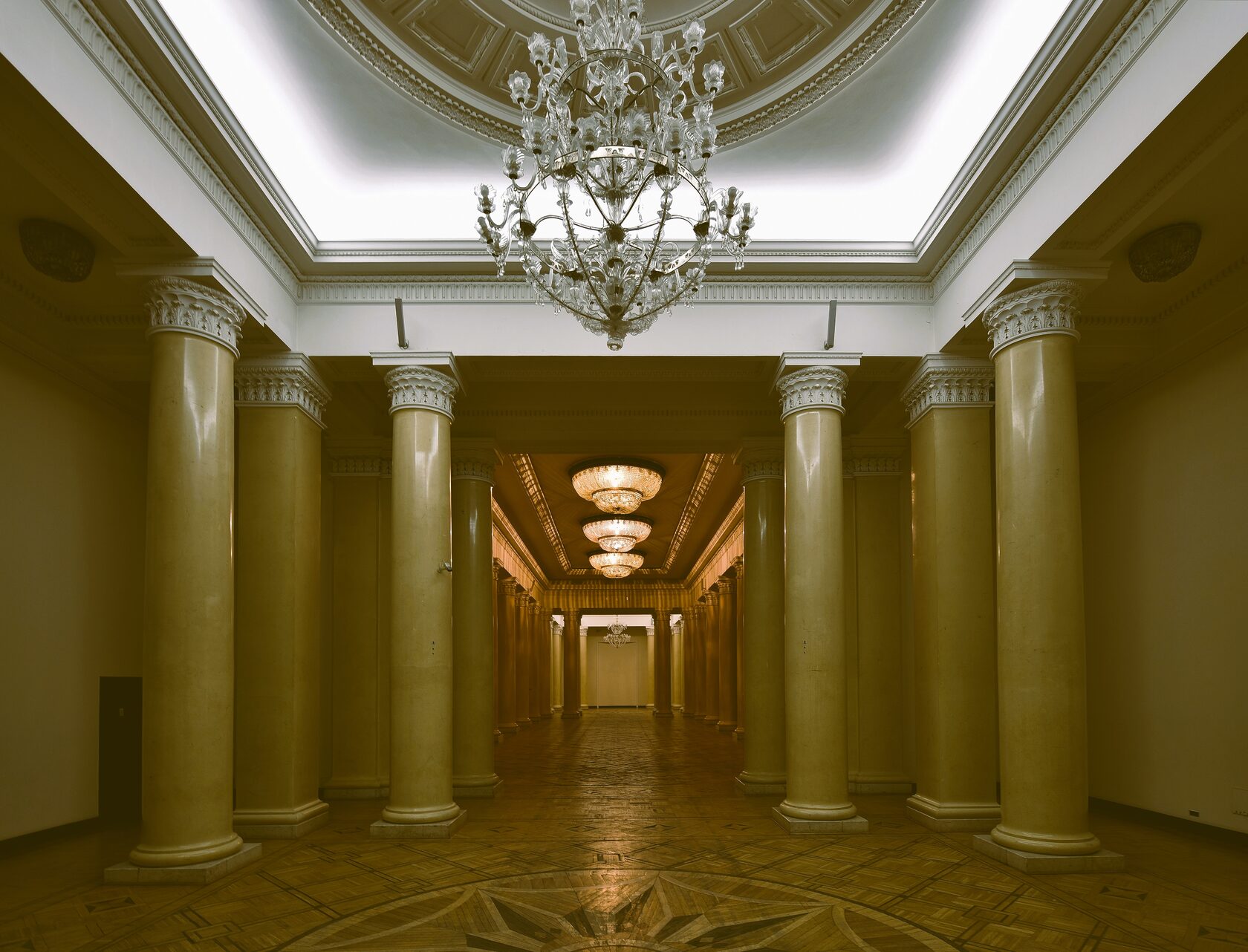
It created so many jobs. Just the Nowa Huta steelworks in Kraków, built in 1954, gave Poland 40,000 jobs and produced nearly 7 million tons of steel per year. By the way, its current owner, ArcelorMittal Poland, announced in 2023 that it would shut down production. Now the site is part of guided tours — and tellingly, they are conducted in English, Swedish, German, and Polish. Russian is not among them.
Of course, it would be naïve to claim that all Poles were happy that Poland did not become part of the West after World War II and instead fell under the Eastern Bloc’s sphere of influence. But a large part of the population did share in the politics and culture, the slogans, and the simple everyday communication between the two nations — the USSR and the Polish People’s Republic. One only has to recall the cinematic hits of that time, like Four Tank-Men and a Dog, More Than Life at Stake. Or the Soviet Song Festival in Zielona Góra, held since 1965. It was a festival of songs and friendship. In 1989, it was shut down. Songs and, sadly, friendship were no longer a priority...
The situation in Poland changed drastically at the end of the 1980s. Anti-Soviet and anti-Russian rhetoric began pouring from TV screens and newspaper pages. Since 2015, after the Law and Justice party came to power, this rhetoric has turned into hysterical Russophobia.
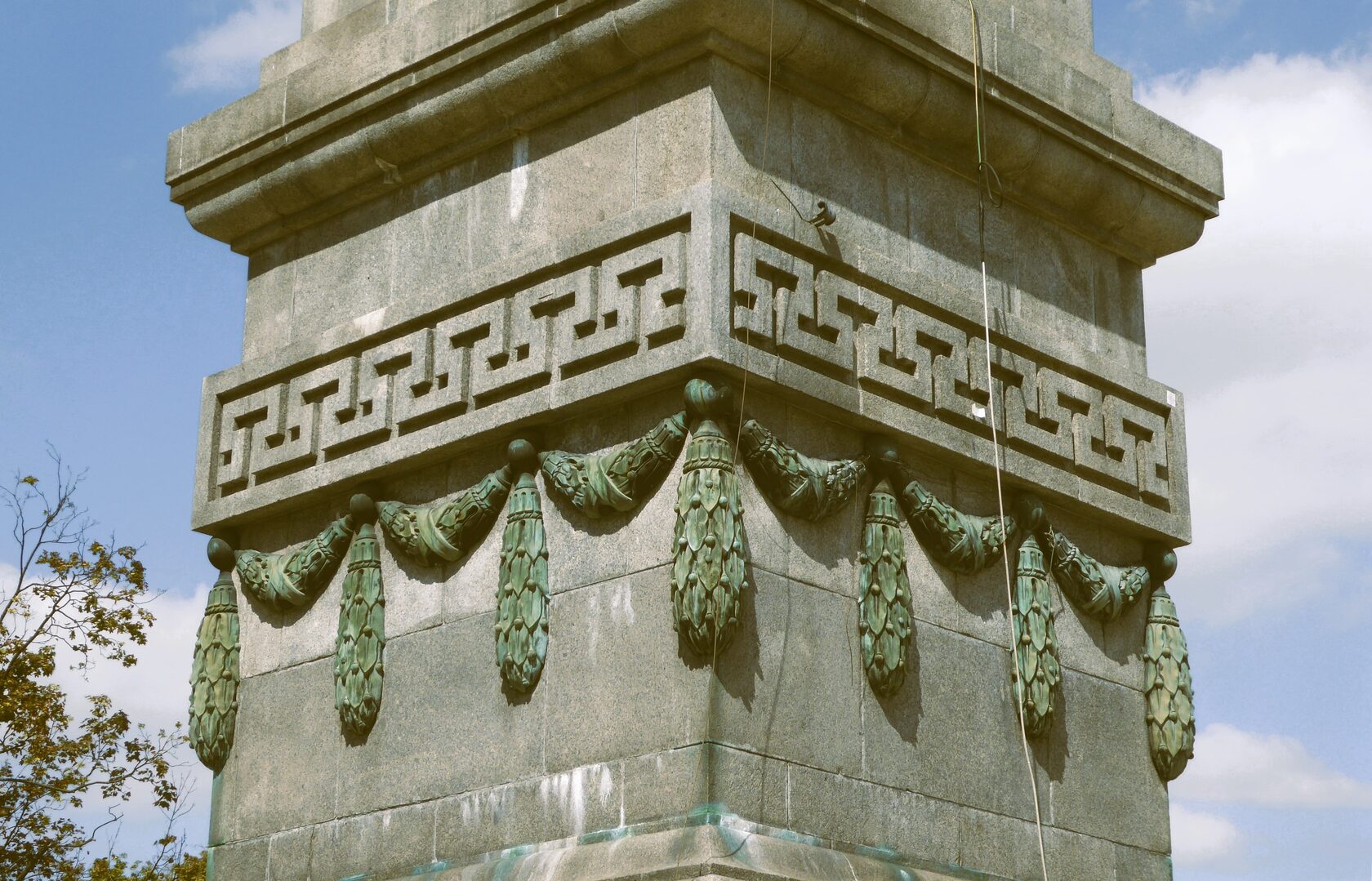
Virtually all Polish performers, who once eagerly acted in joint productions with Russia and performed on the stages of the best Russian theaters, have now become Russophobes — accusers of Russians “living in this sh*t” (that’s a direct quote). I won’t cite their other remarks toward the country that brought them fame and recognition. Let that remain on their conscience. The irony of fate is called that for a reason...
However, to say that the entire Polish population has lost its mind would be incorrect. A portion of Poles — albeit now a small one — does not take part in this madness. But the lack of genuine democratic freedoms in “democratic” Europe forces them to remain silent.
Shortly before I had to leave Poland (I hope not forever), I received a letter from the mayor of one of the towns. He wrote that the local administration was planning to restore a small cemetery for Soviet soldiers and asked whether I would like to participate.
November 1 in Poland is the Day of Remembrance for the Dead. Every year — even in 2022 and 2023 — candles and flowers still appear on the graves of Soviet liberators. This gives me hope that the fog will lift, and the two neighbors — Russia and Poland — will once again have normal, peaceful relations.

